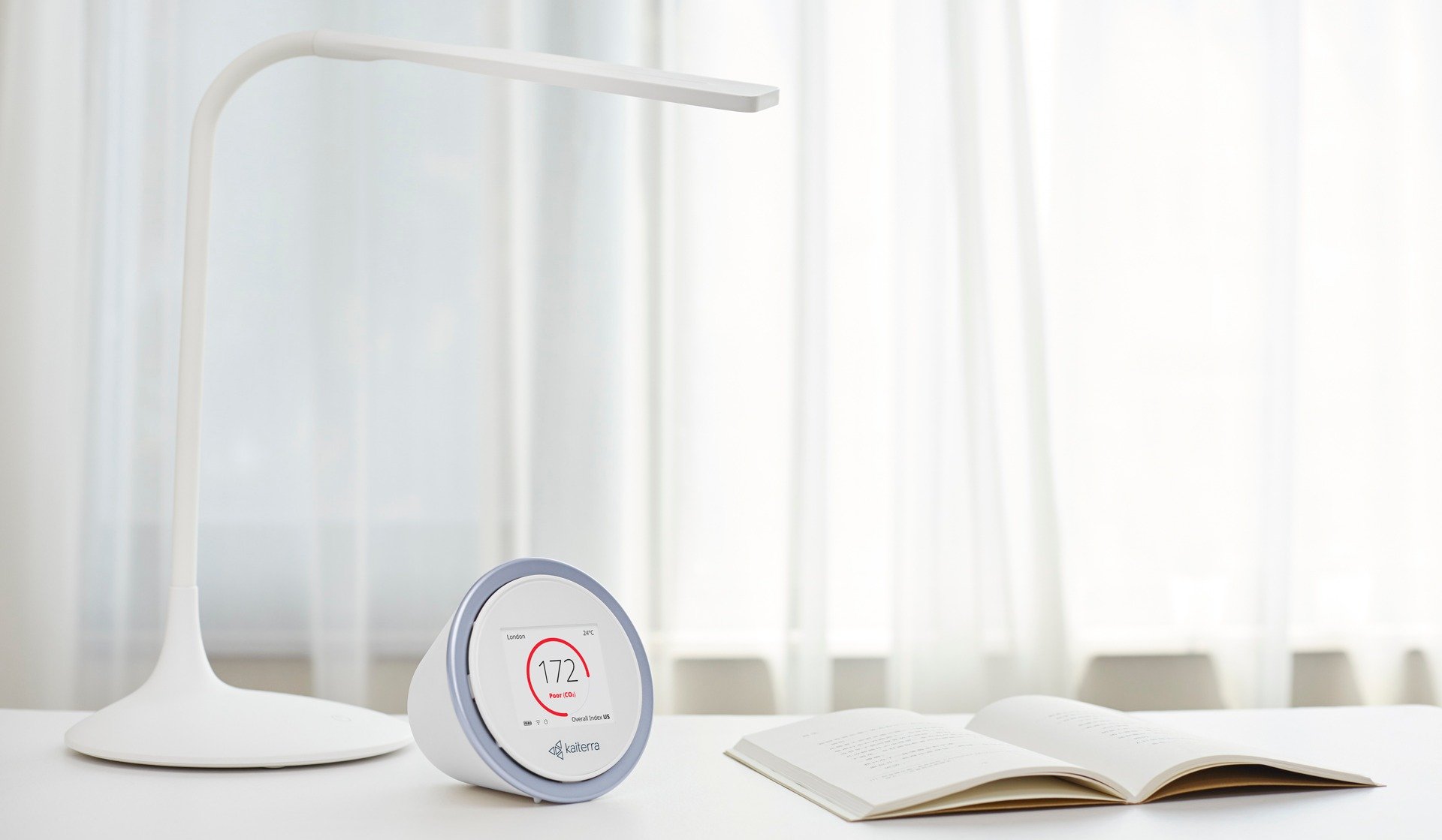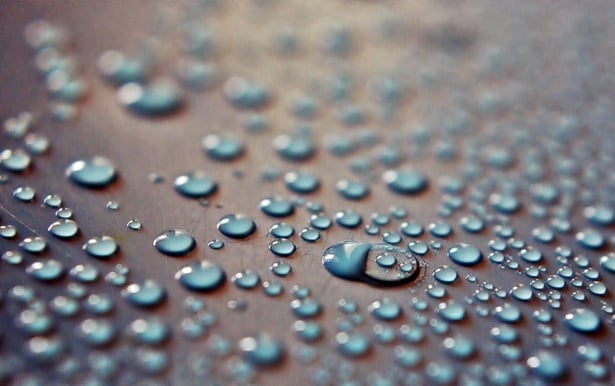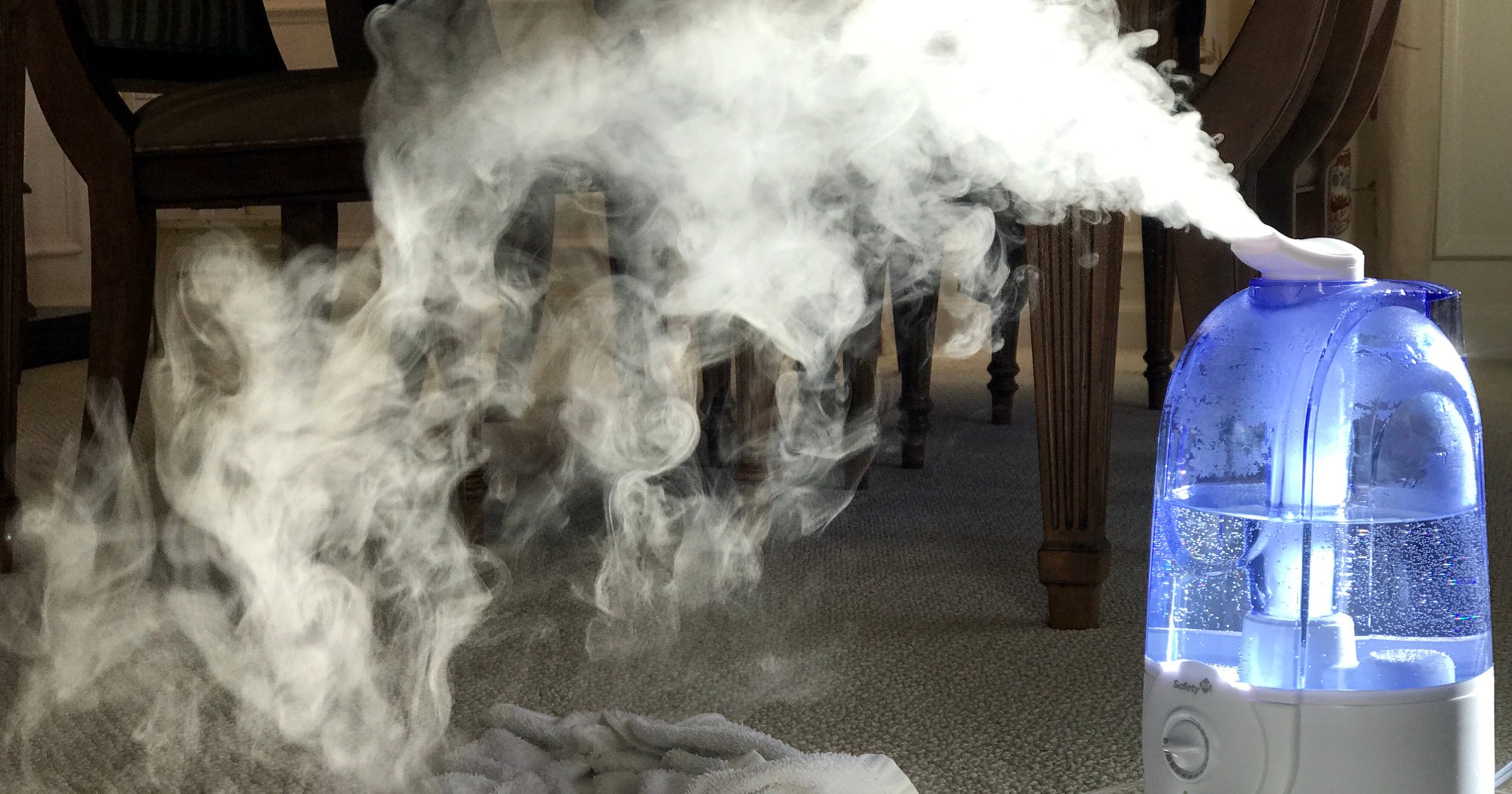Newsletter
When seasonal dry spells roll into town, you know it’s time to dust off your humidifier. With the added humidity, you won’t have to deal with the dry eyes and chapped lips common to the wintertime.
Once you turn on your humidifier, though, you may be alarmed when you glance at your air quality readings. Many of our Laser Egg users are concerned about the impact that their humidifiers have on their air quality, as PM2.5 and AQI readings tend to be higher when the humidifier is active.

To clear up some of the questions and concerns regarding humidifiers and air quality, we’re going to go through how both particle detectors and humidifiers work and why your air quality monitor readings increase, alleviating concerns that humidifiers cause poor air quality.
How Do Air Quality Monitors Work?
When you see your PM2.5 readings increase, this is because the particle detector in your air quality monitor picks up on certain particles in the air. So, how does this work?
Particle detectors use beams of light to “sense” floating specks in the air. As the light hits each particle, the light bounces off and refracts. By measuring how the light refracts, the sensor calculates the number of particles in a particular air sample, and then your monitor spits out an adjusted reading. For more information on particle detectors and how they work, check out our in-depth article here!
Now that you’ve got the basics of how an air quality monitor works, we can dive into the real question - why does the humidifier cause the PM readings to shoot up? Is it actually releasing particles into the air? Well, to answer that, we need to take a look at how humidifiers work.
How Do Humidifiers Work?
Humidifiers are split up into two main types: ultrasonic and evaporative humidifiers. They release moisture into the air differently and thus may have a different impact on your air quality and the readings on your air quality monitor.
Ultrasonic humidifiers vs. evaporative humidifiers
Ultrasonic humidifiers work by submerging a thin metal plate connected to a piezoelectric transducer that converts electrical energy to mechanical vibration. Once the metal plate vibrates at a sufficient frequency, the water can’t stick to it anymore, and the waves create a vacuum between the water and the plate. Then, this vacuum makes the water “explode” (at a very minuscule level), and the water droplets disperse into the air. From here, the water has a greater surface area to evaporate, and your air becomes humid more quickly.
Evaporative humidifiers work differently. Inside evaporative humidifiers, a wick absorbs water from a water basin. The humidifier then uses a fan to blow air across the wick, enabling evaporation at a faster rate.

Ultrasonic humidifiers release water droplets instead of water vapor
The key difference, as far as air quality goes, between these two humidifiers comes down to the differentiation of water vapor from water droplets. Water vapor is the gaseous form of water; in other words, water vapor is just a bunch of H₂O molecules drifting in the air. Water droplets, however, are still in liquid form. If the water you put in the humidifier’s reservoir contains other minerals, these droplets will have the same minerals.
As a result, your IAQ monitor will pick up on both the water drops and the minerals that “fall out” as the droplets evaporate. The monitor will end up including them in the total particle count. If your humidifier, of either kind, is contaminated with bacteria and mold, your indoor air quality monitor will likely pick up on these particles, too. The water droplets are harmless, and the detector will stop picking them up once the droplets evaporate. If your humidifier is free of mold and bacteria, the mineral precipitates are the most pressing concern.
You’ve likely seen the scaling and fine dust settled over furniture and appliances sitting near your humidifier. Many minerals do settle, but some remain suspended in the air for quite some time. This haze, created by ultrasonic humidifiers, is sometimes referred to as white dust.
Is Ultrasonic Humidifier White Dust Dangerous Like PM2.5?
When you see your humidifier inflating your air quality readings, your first instinct is to think that your humidifier is releasing air pollutants. While ultrasonic humidifiers do release white dust, scientists still aren’t sure what to make of this material.
In a study on mice, researchers discovered that inhaling the dust from ultrasonic purifiers produces a cellular response, but this response lacks the inflammation and damage associated with other forms of particulate matter. As of now, the results are inconclusive.
Tips for Safe Humidifier Use
While there isn’t a consensus about white dust, it’s still wise to reduce your exposure to any form of particulate matter in your home.
Switch to an evaporative humidifier
The main thing you can do to cut out white dust is to switch over to an evaporative humidifier. This type of humidifier doesn’t release water droplets into the air, so you won’t encounter the same difficulties with white dust and scaling as you do with ultrasonic humidifiers.
Maintain your demineralization filter
If you don’t want to toss out your ultrasonic humidifier, there are still some options out there to limit how much dust your humidifier emits. One convenient tool is a demineralization cartridge, a ceramic filter that strips the minerals out of water.
Many ultrasonic humidifiers come pre-equipped with this device, but they require some upkeep and replacement. While you need to check the specifications for your particular filter, a good rule of thumb is annual replacement and monthly cleaning (soaking in water and vinegar for 15-20 minutes).
Keep your humidifier squeaky clean
Humidifiers, both evaporative and ultrasonic, can get gunked up without a good cleaning once in a while. Minerals and bacteria can build up in your humidifier, eventually blowing out into your home and into your lungs.
You should deep clean your humidifier at least once a week by disassembling all of the parts, and then soaking them in a vinegar solution for 30 minutes and removing scaling buildup with a brush. Depending on how much you use your humidifier, you may have to clean it more or less often.
Replace tap water with distilled water
No matter what type of humidifier you own, using distilled water instead of tap water will cut down on maintenance and scaling. Distilled water is pure H₂O, without the compounds found in hard water. It won’t leave behind solids when the water evaporates, so your humidifier stays cleaner for longer and doesn’t produce nearly as much white dust.






.png?width=200&height=148&name=Menu%20C%20(2).png)

.png?width=307&height=228&name=Menu%20-%20D%20(1).png)
.png)




